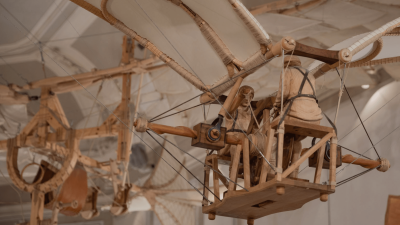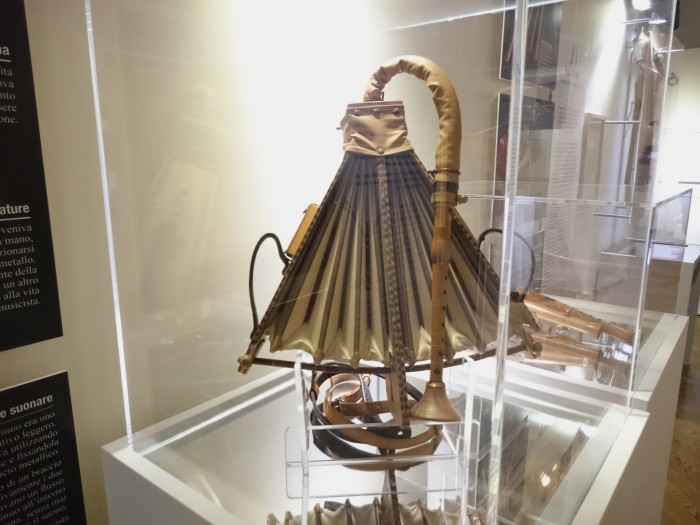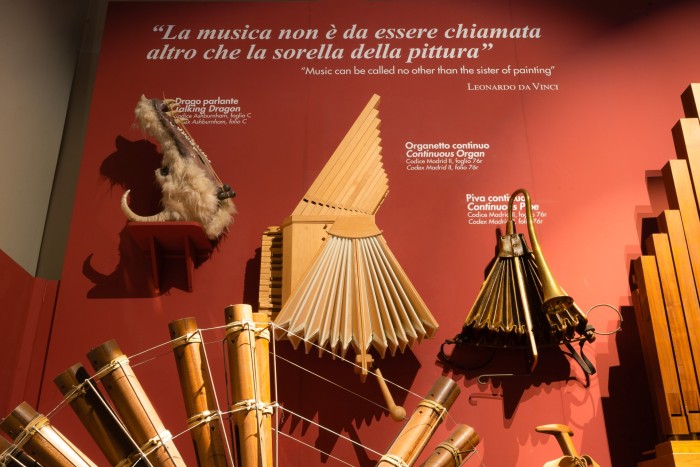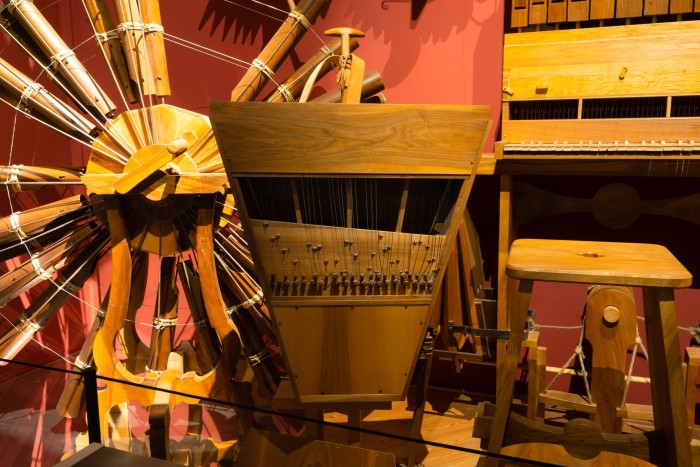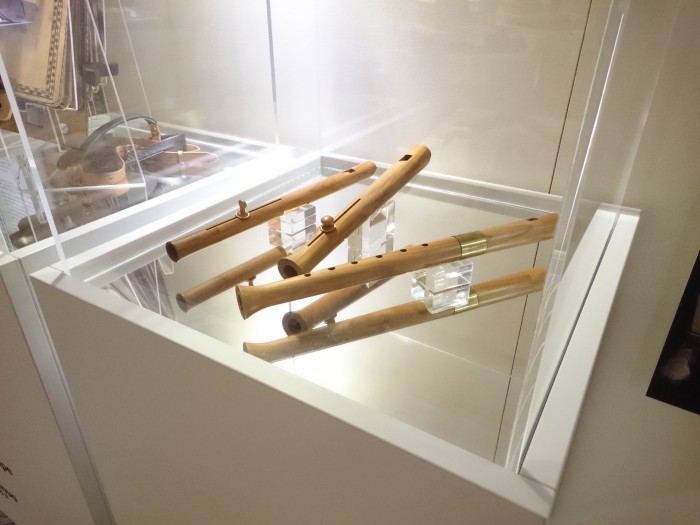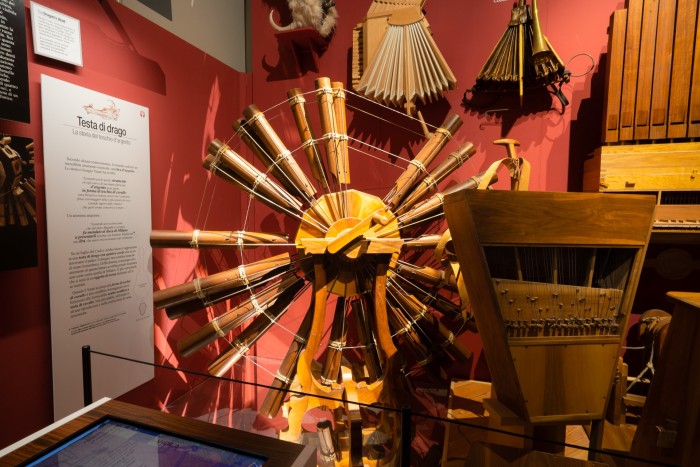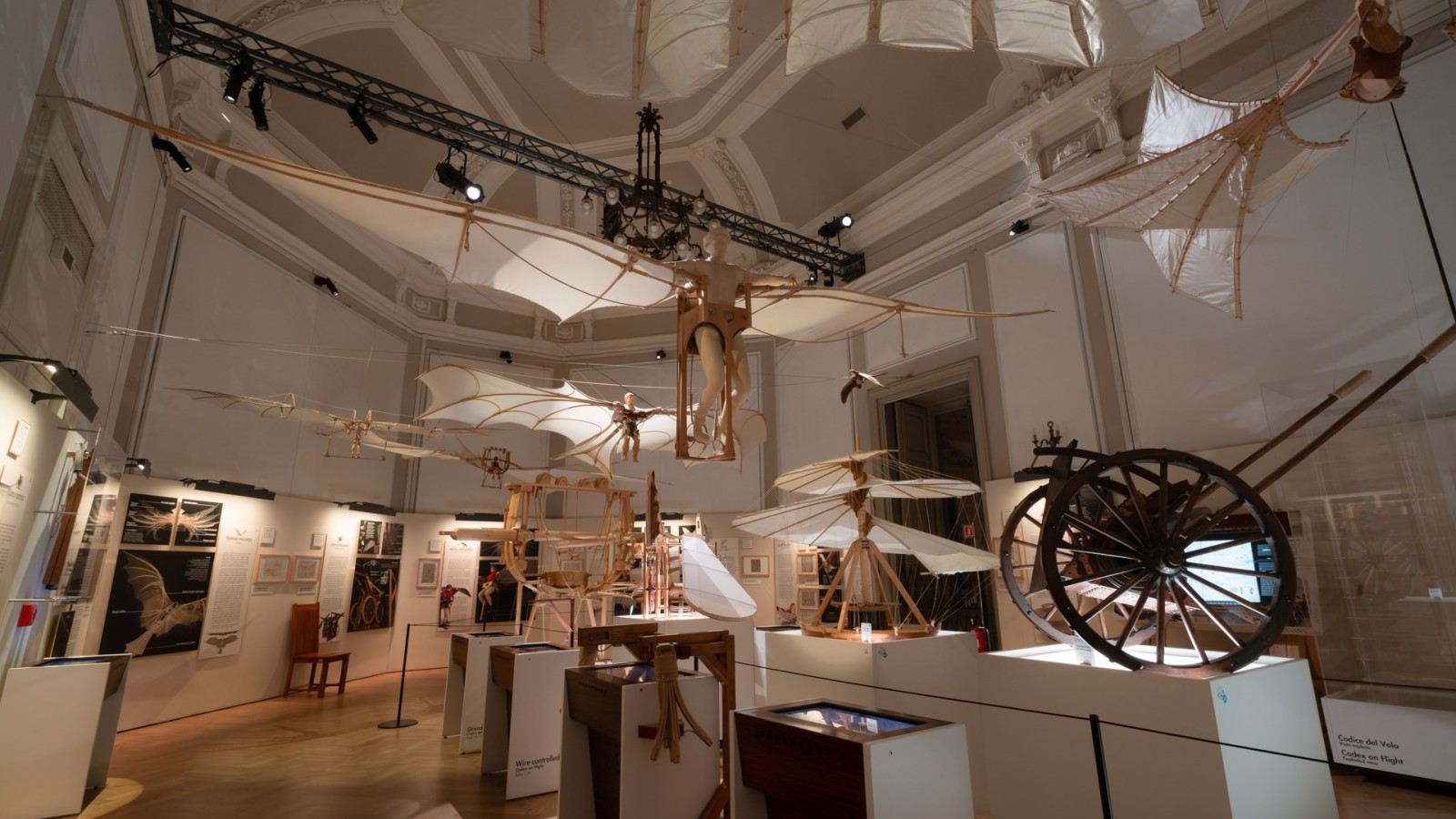Would you like to participate in a guided tour, a family workshop, or are you part of a group of more than 15 people?
Are you a teacher interested in our educational programs for schools of all levels?
Are you planning a corporate event or an exclusive team building at the museum?
Discover what the Leonardo3 Museum has to offer!
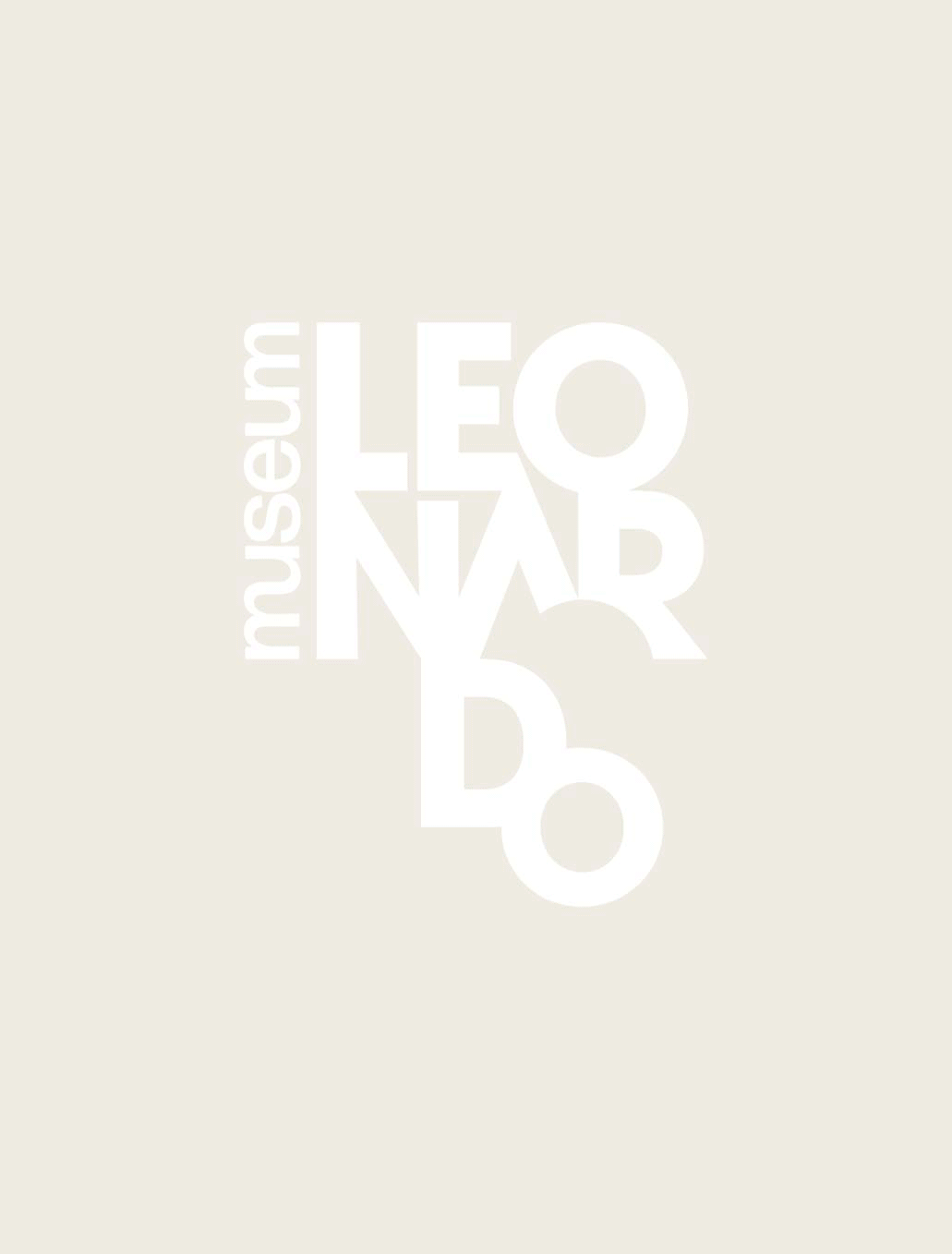
0%
